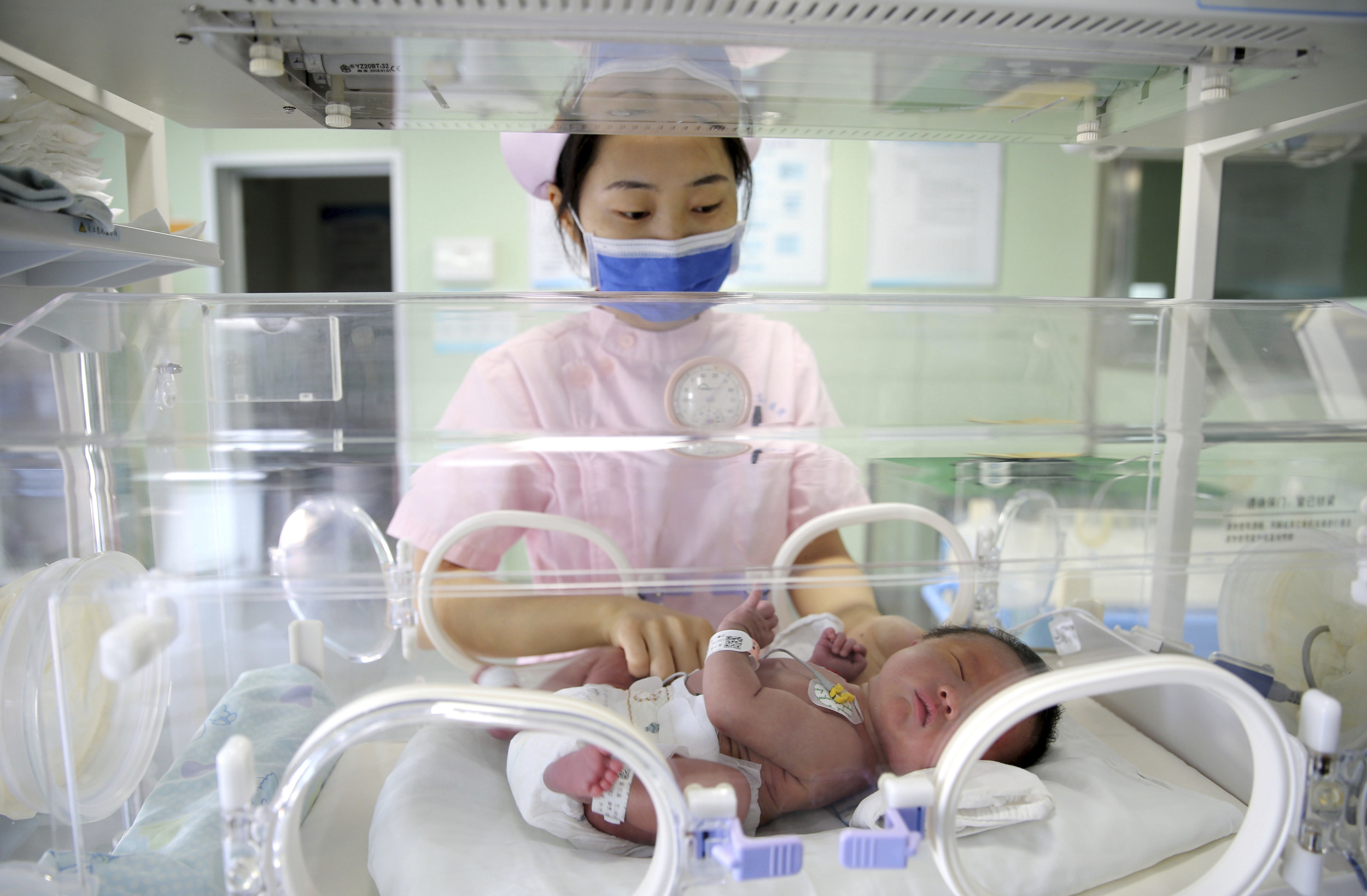
China is moving to expand access to pain relief during childbirth as part of efforts to encourage mothers to have more children.
Newsweek reached out to the Chinese Foreign Ministry via email for comment outside of office hours.
Why It Matters
China has one of the world’s lowest fertility rates, with an estimated 1.2 children per woman as of 2024. This marked a slight rise over 2023, but remains far below the replacement rate of 2.1.
The government has rolled out an array of pro-natal policies, from child subsidies to extending insurance coverage to in vitro fertilization, but with little effect, raising concerns that the shrinking pool of young workers, coupled with the rising share of retirees, will drag on growth in the world’s second-largest economy.
Wang Chun/VCG via Associated Press
What To Know
By the end of this year, all tertiary hospitals—those with more than 500 beds—across China will be able to administer epidural anesthesia to pregnant women throughout the childbirth process, according to the country’s health authorities, as reported by the state media outlet China Daily.
All secondary hospitals, or those with more than 100 beds, will be capable of providing this service by 2027.
These institutions will be expected to strengthen related infrastructure and protocols, including dedicated procedure rooms that meet a high standard of sterilization.
Efforts were also updated to include pain relief procedures throughout labor, encompassing early and post-labor assessments, as well as the diagnosis and treatment of possible complications.
Hospitals must continuously track hospital-acquired infections and improve information sharing between anesthesia and obstetrics departments to monitor patients’ conditions better, the notice said.
Anesthesia is administered to just 30 percent of mothers during labor in China, compared to around 67 percent in the United States, the health officials said.
This hesitance is due to a shortage of anesthesiologists in some areas, unregulated costs of the procedure, and lingering misconceptions about possible side effects, according to experts cited by China Daily.
What People Are Saying
Yun Zhou, assistant professor of sociology at the University of Michigan, told Reuters: “Much of China’s population decline is rooted in entrenched structural reasons.
“Without fundamental structural transformations—from enhancing the social safety net to eliminating gender discrimination – the trend of population decline cannot be reversed.”
What Happens Next
New measures continue to be introduced at both the central and local government levels. For example, Hohhot, the capital of the Inner Mongolia Autonomous Region, announced in January a subsidy of 10,000 yuan ($1,393) to couples who have their first child.
However, experts are skeptical that these and other government-driven efforts are enough to reverse a demographic decline.
Commonly cited obstacles to parenthood in China include long working hours, the rising cost of urban living, and a lack of support for women in the workplace.
